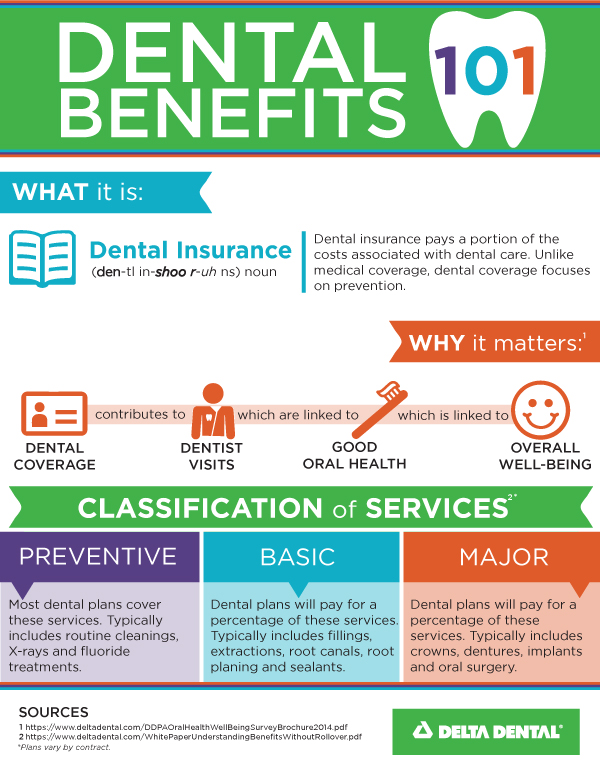The Future Of Oral Surgery: Technologies And Advancements Forming The Area
The Future Of Oral Surgery: Technologies And Advancements Forming The Area
Blog Article
cedar park dentistry -Petersson Guerra
Invite to the world of oral surgery, where innovations and developments are shaping the future of the area! In this exciting realm, you'll witness the transformative power of robotics, the cutting-edge wonder of 3D printing, and the game-changing impact of minimally invasive strategies.
The future of dental surgery holds a guarantee of accuracy, efficiency, and boosted person end results. With the help of advanced robotics, surgeons are able to perform complicated treatments with higher precision and control.
3D printing technology is reinventing the creation of dental implants and prosthetics, supplying customized solutions that fit flawlessly right into each individual's distinct makeup.
Furthermore, minimally intrusive strategies are decreasing post-operative discomfort and healing time, allowing individuals to return to their every day lives faster.
Prepare to explore the interesting technologies and advances that are reshaping the landscape of dental surgery!
Improvements in Robotics
One major improvement in dental surgery is making use of robotic innovation, which permits precise and effective operations. With tooth extraction austin of robotic systems, oral surgeons have the capacity to perform complex surgical procedures with boosted accuracy, minimizing the threat of human error.
These robot systems are furnished with sophisticated imaging modern technology and specific instruments that make it possible for specialists to navigate with intricate anatomical frameworks easily. By using robotic modern technology, doctors can attain higher medical precision, leading to boosted individual end results and faster recuperation times.
On top of that, using robotics in dental surgery enables minimally intrusive treatments, minimizing the injury to surrounding cells and promoting faster recovery.
3D Printing in Oral Surgery
To enhance the field of dental surgery, you can explore the subtopic of 3D printing in oral surgery. This innovative innovation has the possible to reinvent the means oral surgeons run and deal with people. Right here are 4 vital ways in which 3D printing is forming the area:
- ** Custom-made Surgical Guides **: 3D printing allows for the development of highly accurate and patient-specific medical guides, enhancing the accuracy and efficiency of procedures.
- ** Implant Prosthetics **: With 3D printing, oral specialists can produce customized dental implant prosthetics that perfectly fit a person's distinct makeup, causing better outcomes and individual fulfillment.
- ** Bone Grafting **: 3D printing makes it possible for the production of patient-specific bone grafts, lowering the demand for typical grafting techniques and boosting healing and recovery time.
- ** Education and learning and Training **: 3D printing can be made use of to produce realistic medical models for educational objectives, enabling dental doctors to exercise intricate procedures before doing them on individuals.
With its possible to improve accuracy, personalization, and training, 3D printing is an interesting advancement in the field of oral surgery.
Minimally Invasive Techniques
To better progress the field of oral surgery, welcome the capacity of minimally invasive techniques that can significantly benefit both doctors and people alike.
Minimally invasive strategies are revolutionizing the field by decreasing surgical injury, reducing post-operative pain, and speeding up the recovery procedure. These methods involve using smaller sized incisions and specialized instruments to execute procedures with accuracy and performance.
By making use of innovative imaging innovation, such as cone beam of light computed tomography (CBCT), doctors can accurately plan and implement surgical procedures with very little invasiveness.
Furthermore, https://www.thedailybeast.com/recently-discovered-vampire-could-have-been-saved-by-invisalign of lasers in oral surgery permits specific cells cutting and coagulation, resulting in decreased blood loss and reduced recovery time.
With minimally intrusive strategies, patients can experience faster recuperation, reduced scarring, and enhanced end results, making it an essential element of the future of dental surgery.
Final thought
So, as you can see, the future of dental surgery is extremely appealing, with amazing innovations and breakthroughs shaping the field.
From root canal or implant in robotics to using 3D printing and minimally invasive methods, oral doctors are reinventing the means they provide care.
While some might worry about the potential expense associated with these innovations, it is very important to bear in mind that these modern technologies inevitably improve individual results and decrease recuperation time, making them well worth the investment over time.
